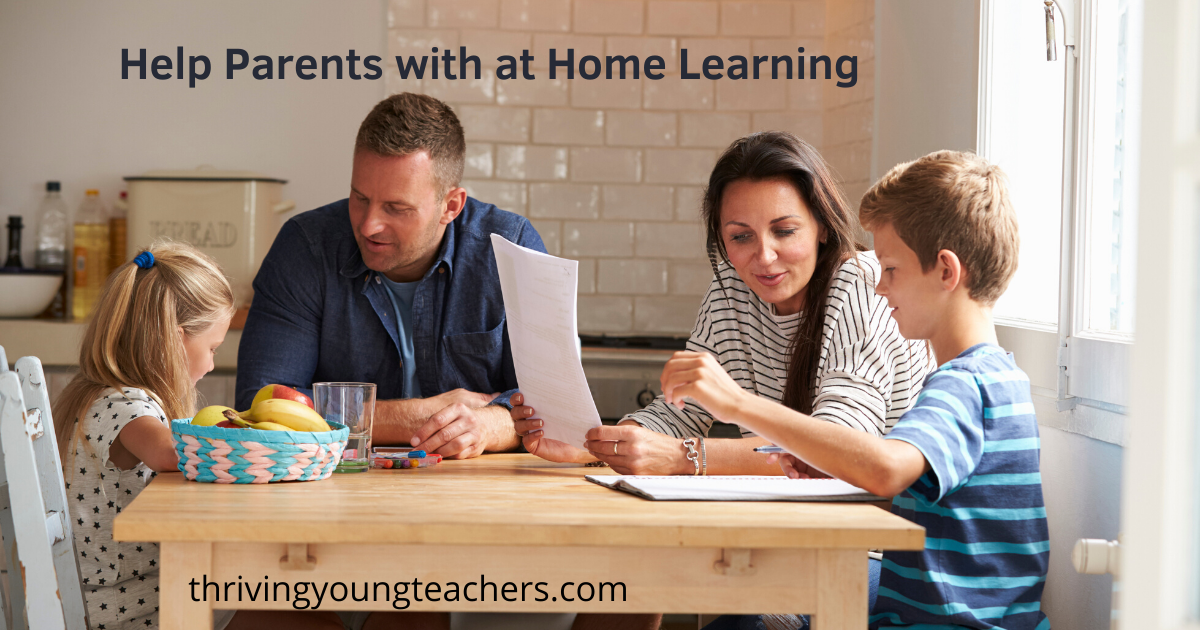
Are you off to a great start this school year?
Our blog readership is up 25% recently. Teachers have been exploring our blog looking for ideas and help. Some teachers are looking for help after a year and a half on teaching online. New teachers who have never taught in person due to the pandemic are facing a new reality by being in the classroom for the first time.
Whatever the reason, we are glad you are here and welcome you to dig into the blog for help with all kinds of school related issues. If you’ve never tried it, try to search feature on the side of the page.
We took a look at our analytics and thought we would share the most popular blogs in the past few weeks. Many of them are particularly good for the beginning of a new school year. Maybe YOU will find one that helps you just when you need it!
Here are our most popular blogs in the past few weeks:
10 Reasons Why Students Don’t Do Their Homework
Improve Student Presentations: Teach Them How to Be Effective
Increase Student Engagement in Three Simple Steps
Instructional Pacing: How to Know How Fast to Go
A Teacher’s Dozen: 12 Lessons I Learned My Second Year of Teaching
Build Relationships By Knowing Students Well
Our Favorite Back to School Advice
We hope that one of these favorite posts is just what you need to inspire you and give you some practical suggestions to help you off to a great start this school year!
Our Best,
Paula and Michele

 If you are feeling like it has been a very long year, you are not alone. You’ve worked hard and are feeling drained. We’ve heard all of the expressions from teachers lately- hanging on by a thread, trying to keep my head above water, holding on to the side of a cliff….
If you are feeling like it has been a very long year, you are not alone. You’ve worked hard and are feeling drained. We’ve heard all of the expressions from teachers lately- hanging on by a thread, trying to keep my head above water, holding on to the side of a cliff….


